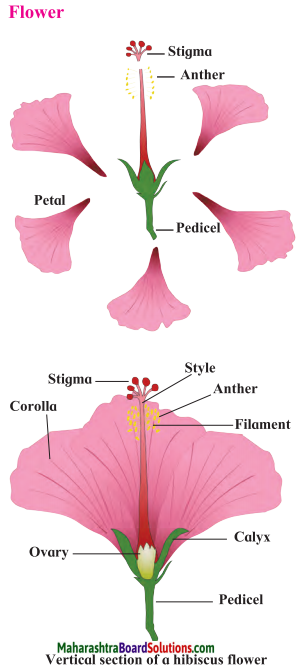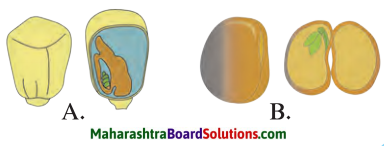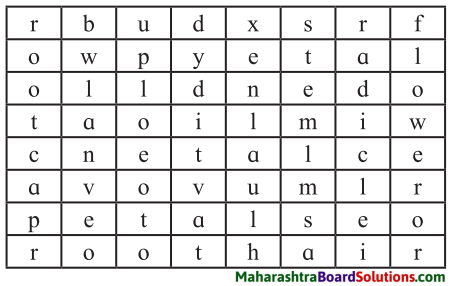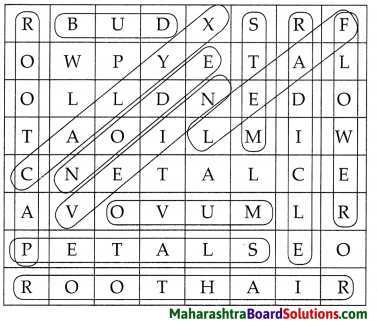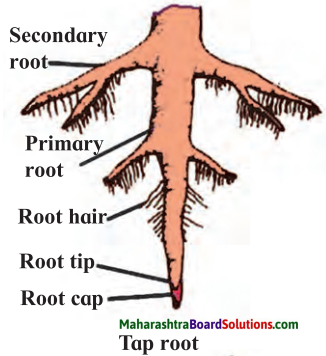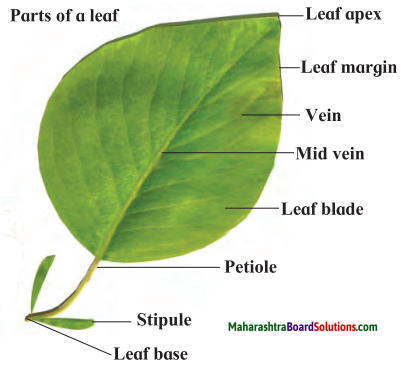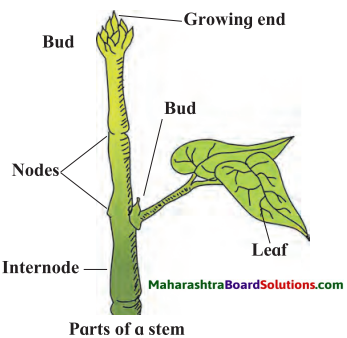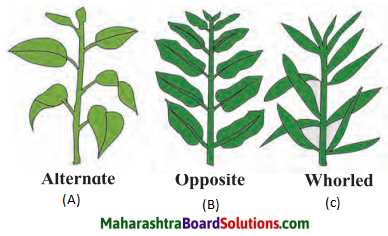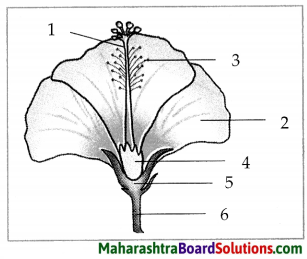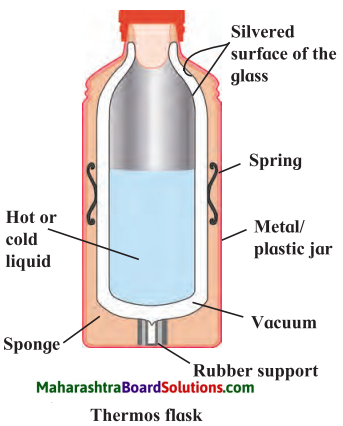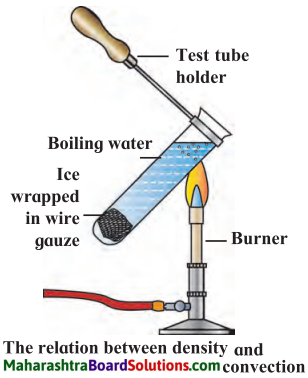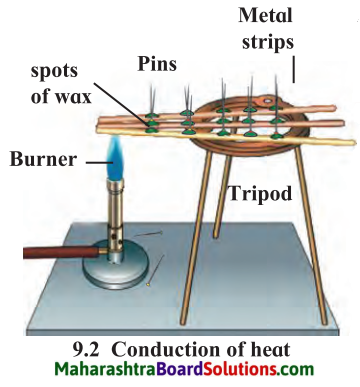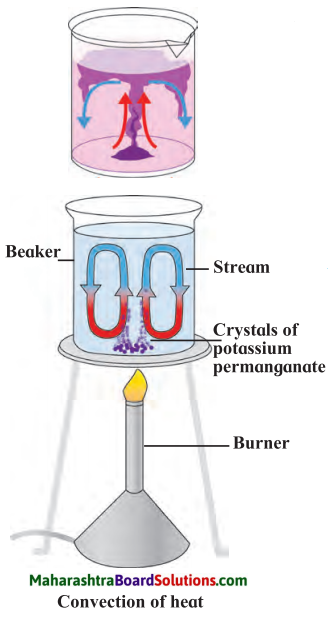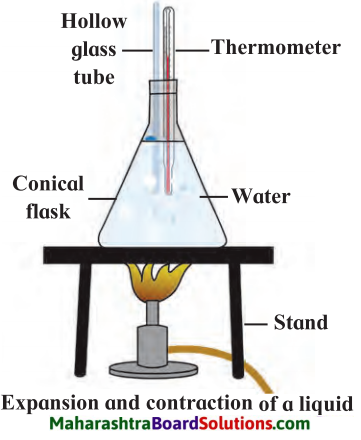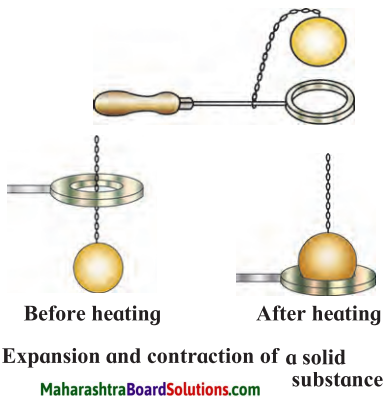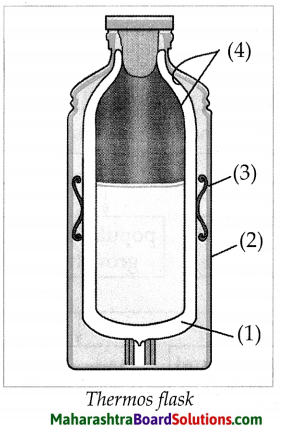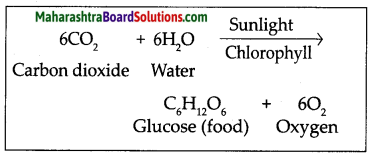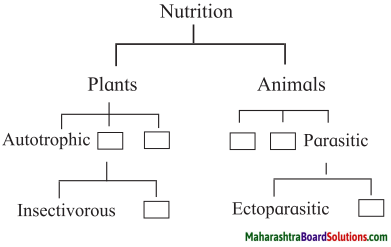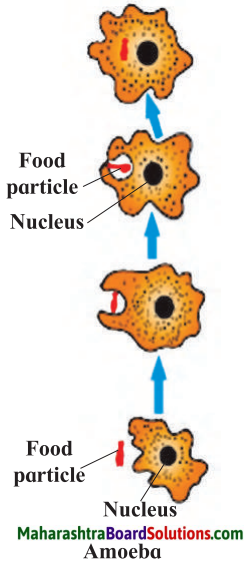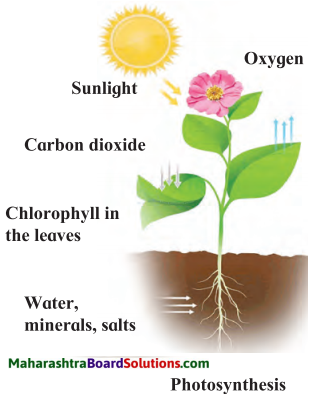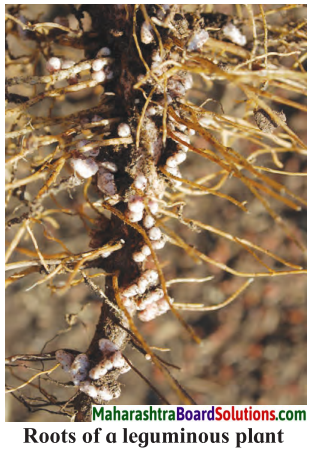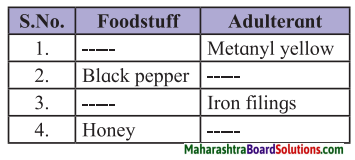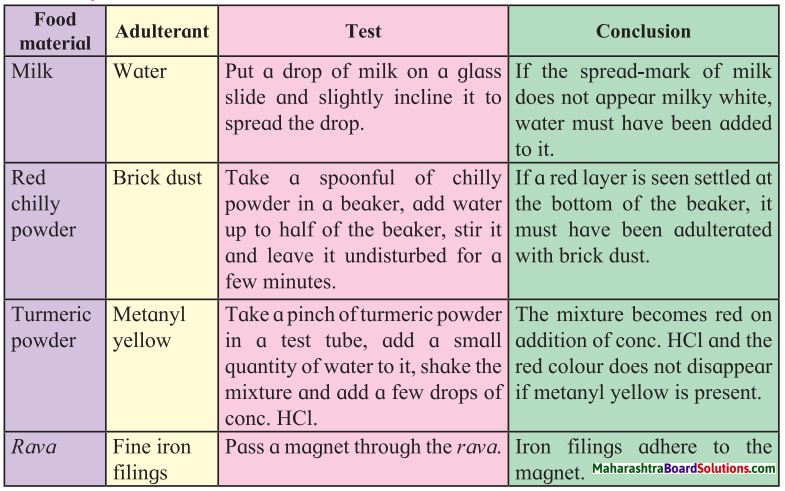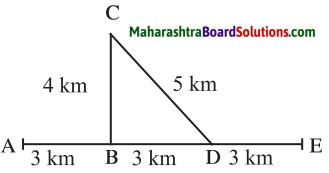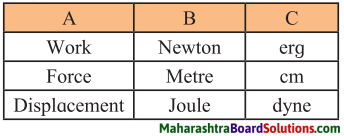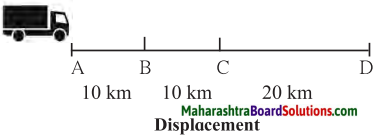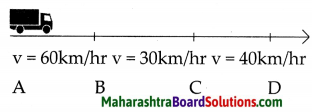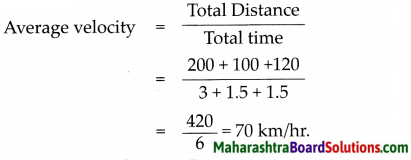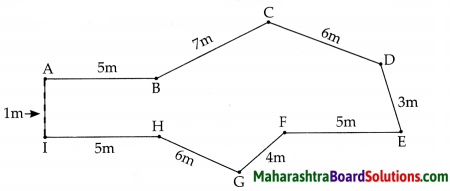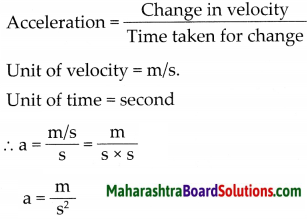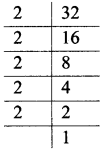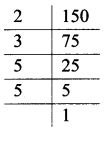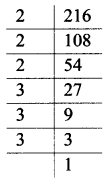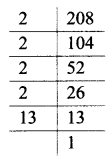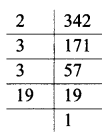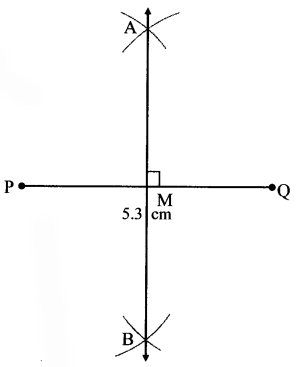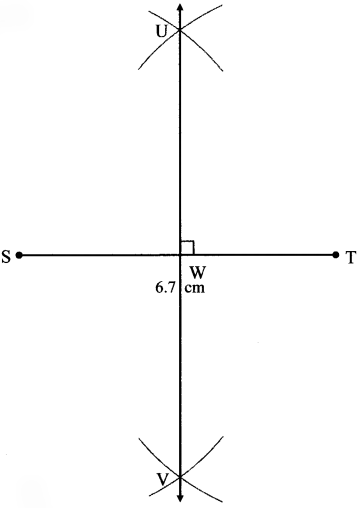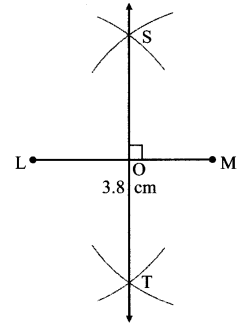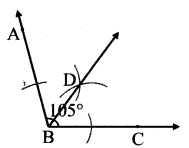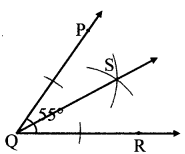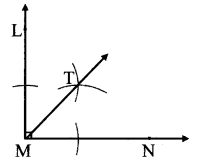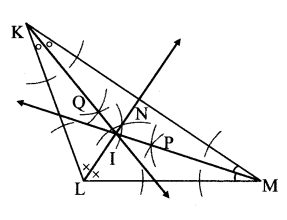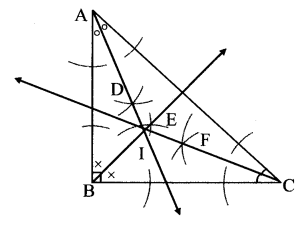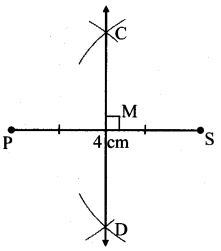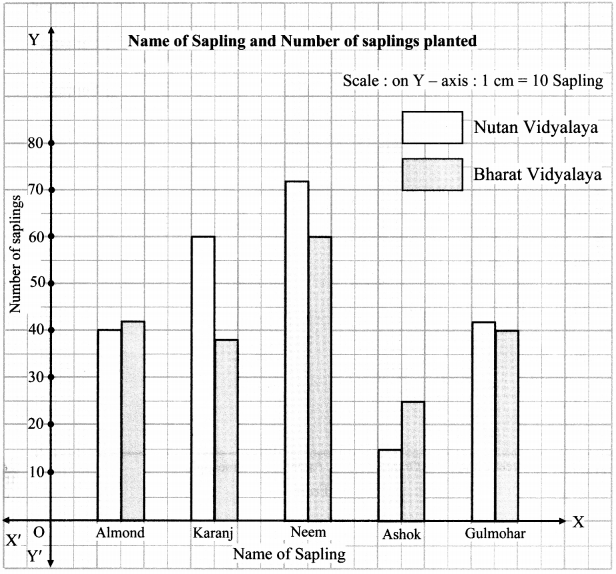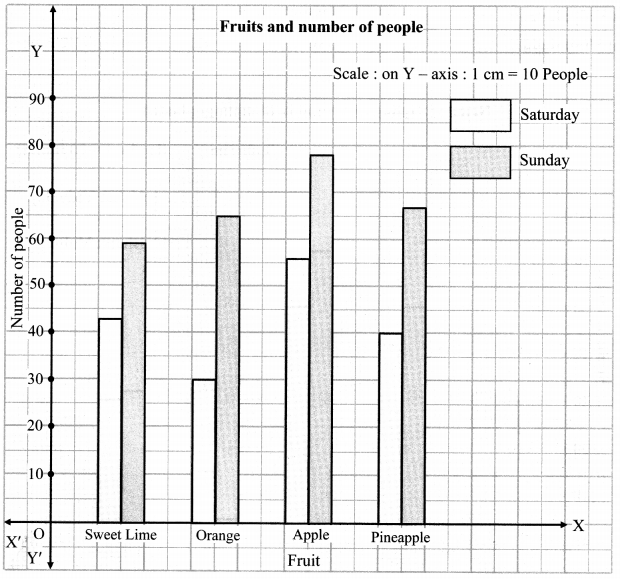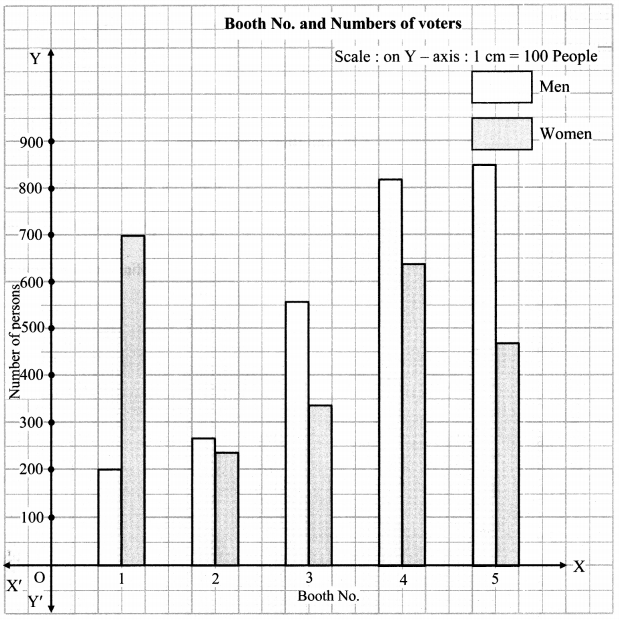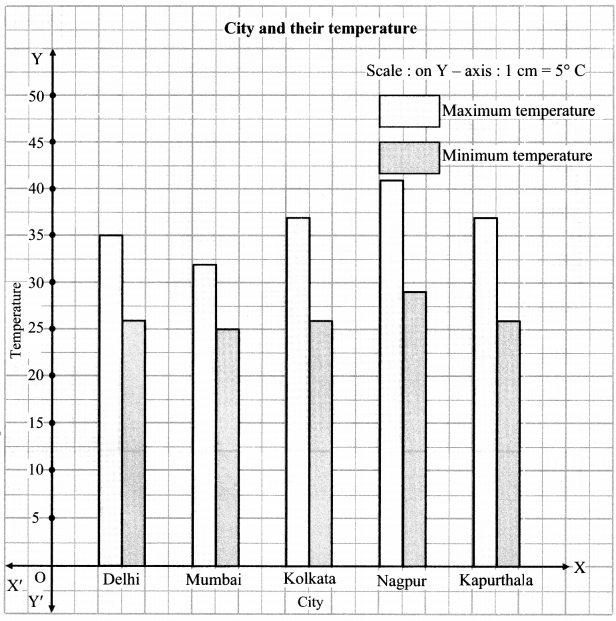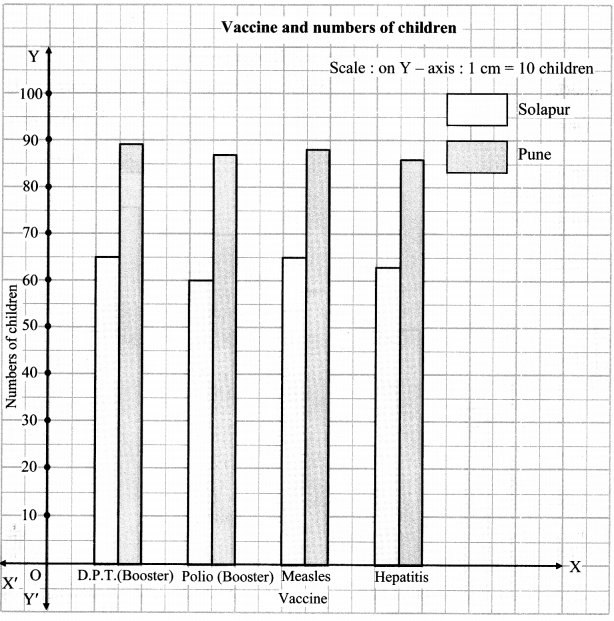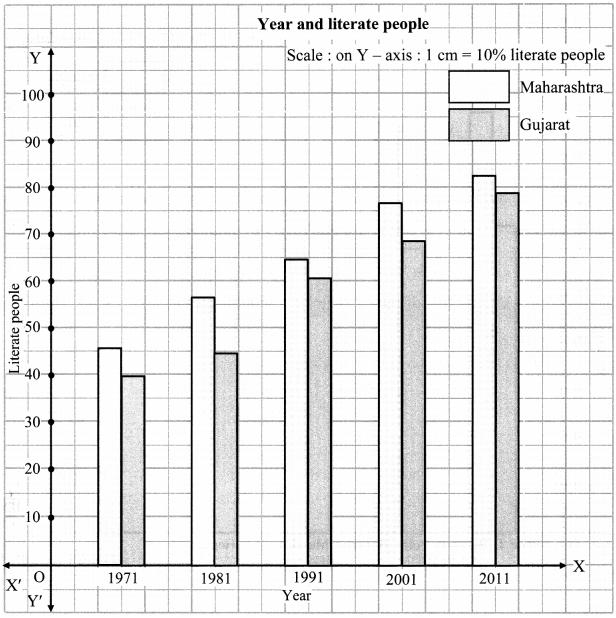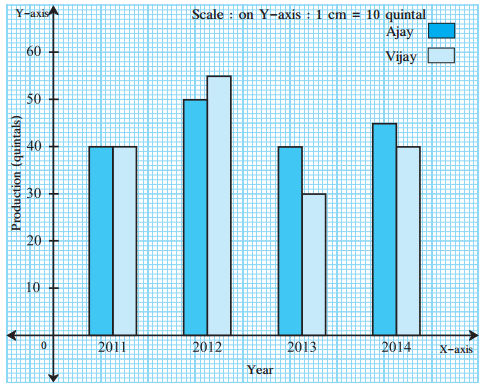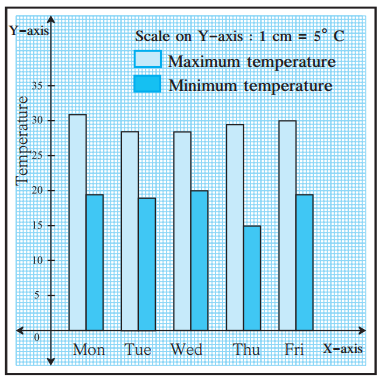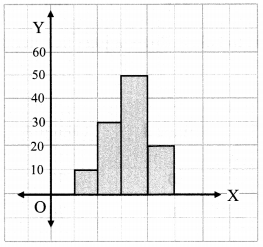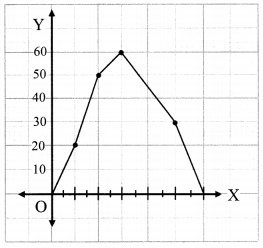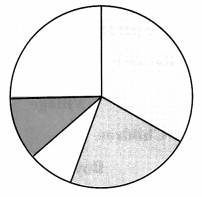Std 7 Science Chapter 10 Disaster Management Question Answer Maharashtra Board
Balbharti Maharashtra State Board Class 7 Science Solutions Chapter 10 Disaster Management Notes, Textbook Exercise Important Questions and Answers.
Class 7 Science Chapter 10 Disaster Management Question Answer Maharashtra Board
1. Find the odd man out:
Question a.
Famine, earthquake, cloudburst, railway accident.
Answer:
Railway accident.
Question b.
Drought, heavy rains/storm, tsunami.
Answer:
Drought.
Question c.
Lava, hot mud, ash, locusts.
Answer:
Locusts.
![]()
Question d.
Washing away of crops, attack of pests on crops, volcano, singeing of crops.
Answer:
Volcano.
2. What are the remedial measures for the following calamities?
Question a.
Famine:
Answer:
Following are the remedial measures for famine:
- Supply food and water to the people those who are dying due to hunger.
- Give medicines to the people those who are suffering from malnutrition.
- Government should start helping centres for the people those who are suffering from famine.
- Give them temporary shelter in some other places where water and food are available.
- Shift the animals to safer places.
- Do proper planning so that region doesn’t get famine again and again.
- Reuse water
- grow more trees.
Question b.
Lightning strike:
Answer:
Following are the remedial measures for lightning strike:
- Give immediate treatment to the lightning affected persons so their life can be saved.
- Keep the people away from the open ground and swimming pool.
- Provide them proper guidelines to cure for the lightning strike.
![]()
Question c.
Storm:
Answer:
- Supply food, water and medicines to the people
- Shift them to safe places.
- Maintain peace, and advice the people not to panic.
- Give time to time report on T.V. and radio.
Question d.
Cloudburst:
Answer:
Following are the remedial measures for cloudburst:
- Shift people to safe places with the help of airplane, helicopter and army.
- Supply them food, clothes, water and medicines.
- Give time to time weather report.
- Open more helpline centres.
- Government should immediately send the help in terms of money and army to the people.
3. True or false? Give reasons for your answer.
Question a.
Information about a forthcoming storm is to be kept secret.
Answer:
False. Information about a forthcoming storm is not to be kept secret because, with this information we can take immediate steps for disaster management. Large scale damage of property and loss of life can be avoided.
![]()
Question b.
You should not swim when there is lightning in the sky.
Answer:
True. Lightning carries some electric charges which causes electric current in it. Water catches this current so if any person is swimming pool during lightning in the sky, then there are more chances that lightning may strike in water and the person may die due to it.
Question c.
It is possible to prevent the eruption of a volcano.
Answer:
False. It is not possible to prevent the eruption of a volcano because it is a natural event. However, by means of science and technology, it is possible to predict an eruption in advance and to take immediate steps for disaster management.
![]()
Question d.
Heavy rains result in famine.
Answer:
True. Heavy rains result in flood so crops get washed away or damaged in the flood and results in famine.
Question e.
A loud crashing sound follows a lightning.
Answer:
True, Friction and brushing happens between two clouds making them charged and lightning is produced between two clouds or one cloud and earth. The temperature increases and air pressure also increases to high amount and produces a loud sound of thunder.
4. Write answers to the following questions in our own words.
Question a.
What is a tsunami? What gives rise to a tsunami?
Answer:
- Waves generated by an earthquake or volcano occurring on the ocean floor is called ‘tsunami’. ‘Tsunami’ is a Japanese word which means ‘harbour wave’.
- As on land, earthquakes and volcanic eruptions occur, at the bottom of the sea, too.
- If an earthquake occurs at the bottom of ocean, the energy released pushes the water upwards. As a result of this particular type of waves are formed.
- These waves are not very high near the source, but they start spreading very fast to long distances.
- The velocity of these waves is 800 to 900 km/hr. When they reach a coastal area, their velocity is reduced, but their height is found to have increased tremendously even to about 30 m. These are tsunami waves.
![]()
Question b.
What is cloudburst?
Answer:
- Sometimes the water coming down from rain clouds does not reach the land in the form of rain. Instead, due to very high temperature near the land, it vaporizes and goes back into the same clouds.
- As a result the amount of vapour in those clouds becomes very high.
- Due to rapid condensation, it rains suddenly over a specific and small region at a rate of 100 mm per hour or more. This is known as a cloudburst.
Question c.
Explain the effects of a volcano.
Answer:
Following are the effects of a volcano:
- The chemical substances such as lava, vapour, hot mud, sulphur etc. get collected on the surface of the earth and thereby mountains and hills are created
- The atmosphere gets polluted due to the ash and gases ejected by the volcano.
- Often, it rains as a result of a volcanic eruption.
- The temperature rises due to hot gases.
- Forests and settlement get buried under the hot mud.
![]()
Question d.
What are the measures to prevent loss of life due to lightning?
Answer:
Following are the measures to prevent loss of life due to lightning:
- Do not stand on open ground, below a tree, on high location, near an electric pole, near a telephone pole or a tower etc.
- Do not lean on wire fences around a farm, a compound, a garden or a house.
- If you are on two-wheeler, a bicycle, a tractor or a boat, get off immediately and go to safe place.
- Do not gather all together in one place.
- Take care to keep a distance of 15 feet between any two persons.
- Do not use plugged in electrical appliances. Do not use a mobile or telephone.
- Stand on dry wood, a plastic sheet, sack or jute cloth or dry leaves.
- Keeping your feet together support yourself on the soles of your feet placing your hands on your knees and crouch low.
- Swimmers and fishermen should immediately come out of the water.
- A pucca house is the safest place. Find out if there is a lightning conductor on any tall building near your house. If necessary get a lightning conductor fitted on your house.
![]()
5. What measures have been taken to deal with calamities such as floods and landslides under the disaster management programme in Maharashtra?
Question a.
What measures have been taken to deal with calamities such as floods and landslides under the disaster management programme in Maharashtra?
Answer:
In Maharashtra, all districts have their own disaster management plan to deal with calamities such as floods and landslides.
- The plan deals extensively with the emergency, and evacuation measures to be taken up in cases of flood and landslide.
- The district-level disaster management plan has detailed information about geographical details, population, flood-prone areas, villages and other macro details.
- Nearly 14 such key departments are engaged in disaster mitigation measures and each one has been assigned a specific task to do at times of natural disasters.
- The administration is now training master trainers at the district level who in turn will train key persons at village and taluka levels to deal with a natural disaster.
- The administration through radio jingles, public advertisements and other measures is informing people about how to react at times of flood and landslide.
- Currently, the Indian Meteorological Department (IMD) gives weather forecast on daily basis and for the next 5 days with advice to farmers on when to start crop sowing and harvesting etc.
6. With reference to disaster management what are the things in your house that you will check?
Question a.
With reference to disaster management what are the things in your house that you will check?
Answer:
With reference to disaster management, we should keep the following things at home and check regularly.
- Keep proper first aid kit at a handy place.
- Keep all the electric connections in proper condition.
- Keep the gas line or tube connection proper.
- Keep self-powered flashlights and self-powered radios.
- Keep non-perishable food which will last for a week.
- Keep a fire extinguisher handy and in proper condition.
- Keep updated telephone diary which should have emergency phone numbers.
![]()
Project:
Question 1.
With the help of the Internet, collect information about the places where a calamity has occurred.
Question 2.
Collect information from the Internet about how cyclonic storms are named.
Class 7 Science Chapter 10 Disaster Management Important Questions and Answers
Fill in the blanks:
Question 1.
………… and ………… disasters are related to each other.
Answer:
Natural manmade.
Question 2.
………… implemented a canal scheme for drinking water in Aurangabad.
Answer:
Malik Ambar.
Question 3.
………… has turned out to be the most famine-affected contents of the world.
Answer:
Asia
![]()
Question 4.
The government of India established the ………… in 1976.
Answer:
National Flood Commission
Question 5.
The ………… that occurred in Mumbai on 26th August 2005 was extraordinary and unforgettable.
Answer:
cloudburst.
Question 6.
A cloudburst occurred at ………… on 6th August, 2010.
Answer:
Ladakh (Leh)
Question 7.
About ………… lightning flashes occur per second in the atmosphere.
Answer:
40.
Question 8.
The temperature generated by ………… is higher than that of the sun.
Answer:
lightning
![]()
Question 9.
When some substances comes out of the earth’s crust in an eruption and start flowing is called a ………… .
Answer:
volcano
Question 10.
Some islands are created due to the eruption, of ………… in the sea.
Answer:
volcano
Question 11.
………… is a Japanese word which means ‘harbour wave’.
Answer:
Tsunami.
Question 12.
About ………… nations from all over the world are members of the UNDP.
Answer:
177.
![]()
Question 13.
………… established a standing international organization UNDP in 1965.
Answer:
United Nations.
Question 14.
………… is celebrated as International Day for Disaster Reduction.
Answer:
13th October
Question 15.
The condition that arises due to long term and severe scarcity of food grains and water is called………. .
Answer:
famine
Can you tell?
Question 1.
Is it possible to prevent the loss of life caused by lightning?
Answer:
Yes, it is possible to prevent the loss of life caused by lightning, by taking precautions.
![]()
Question 2.
What should be done to prevent the bunds on a farm from getting washed away in the rainy season?
Answer:
- Grow more trees near the bunds.
- Grow grass strips.
- Make stone lines near the bunds.
- Use contour ploughing and tillage network method to prevent the bunds on a farm from getting washed away in the rainy season.
Question 3.
Why do we experience water scarcity?
Answer:
Lessor no rain leads to water scarcity.
![]()
Question 4.
What causes rain?
Answer:
- Due to heat of the sun, water from the sea, lake and river gets evaporated and this water vapour is light in weight so it goes higher and higher and forms the cloud.
- At a certain level the amount of vapour in those clouds becomes very heavy and it burst and rain occurs.
Question 5.
Have you seen a flash of lightning in the sky? When?
Answer:
Students will answer this question based on their experience.
Question 6.
What causes lightning?
Answer:
- Where air and clouds rub against each other in the sky, the upper part of some clouds on the upper side becomes positively charged and the lower sides become negatively charged.
- When this negative charge on the bottom of the cloud becomes much larger than the charge on the ground it starts flowing towards the ground in stages.
- This happens very fast, in much less than a second and heat, light and sound energy are produced along with the electric current.
![]()
Use your brainpower!
Answer the following questions:
Question 1.
We should not wait at the foothill while it is raining heavily.
Answer:
During heavy rain there are chances of landslide and flood, so we should not wait at the foothill while it is raining heavily.
Maharashtra State Board Class 7 Science Textbook Solutions
- The Living World: Adaptations and Classification Class 7 Science Textbook Solutions
- Plants: Structure and Function Class 7 Science Textbook Solutions
- Properties of Natural Resources Class 7 Science Textbook Solutions
- Nutrition in Living Organisms Class 7 Science Textbook Solutions
- Food Safety Class 7 Science Textbook Solutions
- Measurement of Physical Quantities Class 7 Science Textbook Solutions
- Motion, Force and Work Class 7 Science Textbook Solutions
- Static Electricity Class 7 Science Textbook Solutions
- Heat Class 7 Science Textbook Solutions
- Disaster Management Class 7 Science Textbook Solutions
